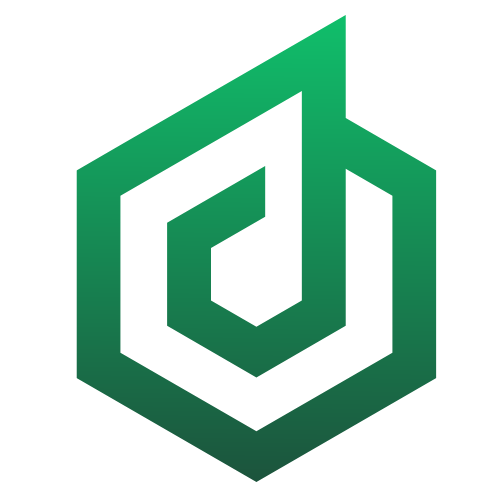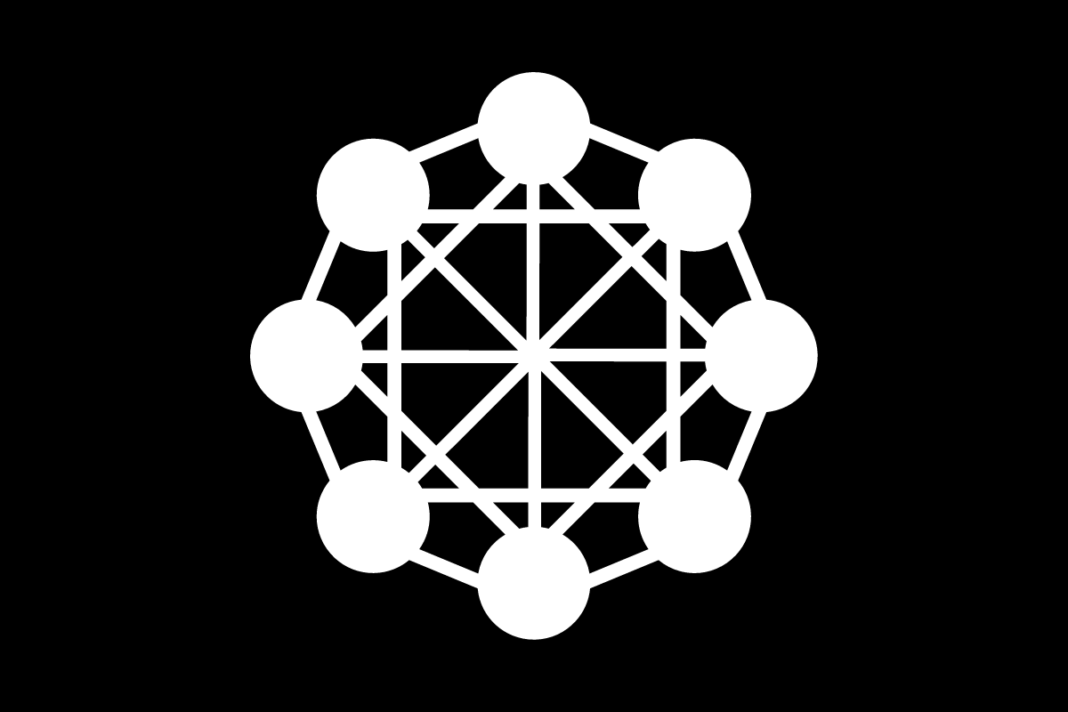Blockchain environments are the infrastructure and setup used to run and manage a blockchain. These environments include the hardware, software, and network resources used to support the operation of the blockchain, as well as the rules and protocols that govern its operation. The specific features of a blockchain environment depend on the intended use case and the goals of the stakeholders involved. Understanding the different types and purposes of blockchain environments is essential for anyone working with or dealing with blockchain technology.
What is Mainnet?
Mainnet is the primary network on which a blockchain runs. It is a live, production version of the blockchain where real transactions and interactions are carried out using a cryptocurrency or token.
In the context of blockchain development, the mainnet is the ultimate destination for a blockchain project after it has been tested and refined in a series of test environments. These test environments, known as testnets, are used to simulate the mainnet environment and allow developers to test the functionality and performance of the blockchain before it is deployed to the mainnet.
The technical features of mainnets are generally as follows:
- Consensus mechanism: The mainnet uses a specific consensus mechanism to validate transactions and reach consensus on the state of the blockchain. For example; While the Bitcoin network uses the Proof of Work mechanism as the consensus mechanism, the Ethereum network uses Proof of Stake.
- Network nodes: The mainnet is powered by a network of nodes that run blockchain software and communicate with each other to verify and record transactions. These nodes can be run by anyone and play a crucial role in ensuring the security and centralization of the blockchain.
- Native cryptocurrency: The mainnet has a specific coin or token that is often used to facilitate transactions and encourage the participation of nodes in the network.
- Smart contracts: Some blockchains, such as Ethereum, are capable of executing smart contracts, which are self-executing contracts where the terms of the agreement between the buyer and seller are written directly into lines of code.
- Decentralized applications (dApps): A mainnet can host applications, or dApps, that run on a blockchain and are built using smart contracts.
In short, the mainnet is the backbone of a blockchain project that provides the infrastructure and platform for transactions, interactions, and applications to take place. Mainnet is used to describe a working, functional blockchain. For example, the mainnet of the Ethereum blockchain has been fully deployed and is currently in production. Transactions are verified and recorded on the network.
What is Testnet?
Blockchain testnet is a test environment for blockchain development used to simulate the mainnet environment. Testnets are used to test the functionality and performance of a blockchain before it is deployed to the mainnet, the live production version of the blockchain. For example, Ethereum has five tesrnets, Kovan, Rinkeby, Sokol, Goerli, and Ropsten, each with different programming parameters.
Testnets are usually separate from the mainnet and may use different protocols, consensus mechanisms, and cryptocurrencies. They may also have different rules and limitations according to the mainnet. Cryptocurrencies on the network have no real value, as transactions on the testnet are just simulations. In this way, developers can execute their transactions without the risk of losing cryptocurrencies.
The general purposes of testnets are as follows:
- Testing new features and improvements: Allows developers to test new features and improvements before they are released on the mainnet. Thus, developers can identify and fix any problems or bugs before they affect the mainnet.
- Evaluate scalability: The blockchain needs to be tested to see how it performs under different loads and conditions. These tests to evaluate its scalability are performed on testnets rather than mainnets.
- Education and training: Testnets can be used for education and training, allowing developers and users to learn to use blockchain and build applications on it.
- Experiment and research: Testnets provide a safe and controlled environment for experimentation and research, allowing developers to explore new ideas and concepts without affecting the mainnet.
What is Devnet?
Devnet or development network is a test environment for blockchain development used to build and test applications and functions on top of a blockchain. Devnets are used to simulate the mainnet environment and allow developers to test their code and see how it performs in a live environment.
Devnets are generally used for development and testing purposes only; It is separate from the mainnet, which is the live production version of the blockchain. Devnets may use different protocols, consensus mechanisms and cryptocurrencies than the mainnet; may have different rules and restrictions.
There are several benefits to using devnet for blockchain development. These are as follows;
- Testing and experimenting: Devnets provide a safe and controlled environment for testing and experimentation, allowing developers to try out new ideas and see how they perform in a live environment.
- Collaboration and sharing: Devnets can be used to share code and collaborate with other developers. This makes it easy to co-build and test apps.
- Education and training: Devnets can be used for education and training. It allows developers and users to learn to use blockchain and build applications on it.
What is Subnet?
A subnet, also known as a sidechain, is a separate blockchain that connects to the main blockchain or mainnet through a process called interoperability. Interoperability allows the subnet to communicate and exchange data with the mainnet, allowing it to share certain features and benefits with the mainnet while maintaining its own separate identity and set of rules. The purposes of using subnets are as follows:
- Scaling: The mainnet can be scaled by transferring certain operations or activities to the subnet. Thus, the load on the mainnet is reduced and its performance increased.
- Experiment: Subnets can be used to test new features, protocols, and consensus mechanisms without affecting the mainnet.
- Special use cases: Subnets can be used to support certain use cases or applications, such as supply chain management or authentication.
- Customization: Subnets can be customized to meet the specific needs of different stakeholders or to support different types of transactions.
Conclusion
In conclusion, the mainnet, testnet, devnet and subnet are important components of the blockchain ecosystem that serve a specific purpose in the development and operation of the blockchain. Blockchain environments play a crucial role in the development, operation and evolution of a blockchain ecosystem.
You can follow us on Twitter, Instagram, YouTube and LinkedIn to stay up to date with the latest. You can send us your questions and comments on the Telegram channel.


